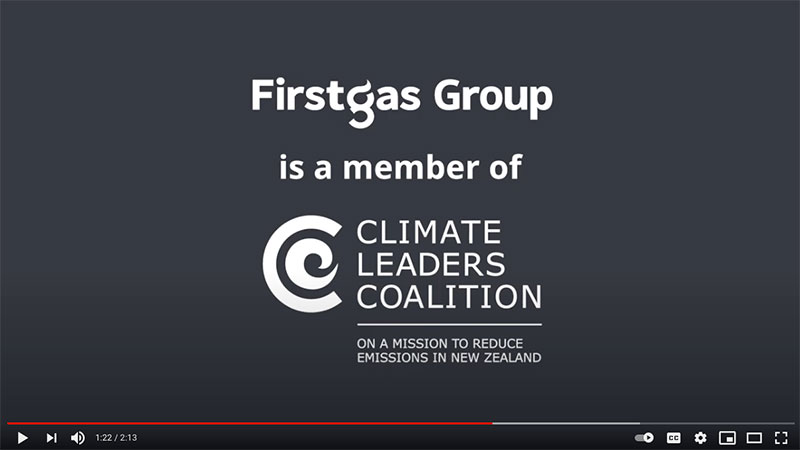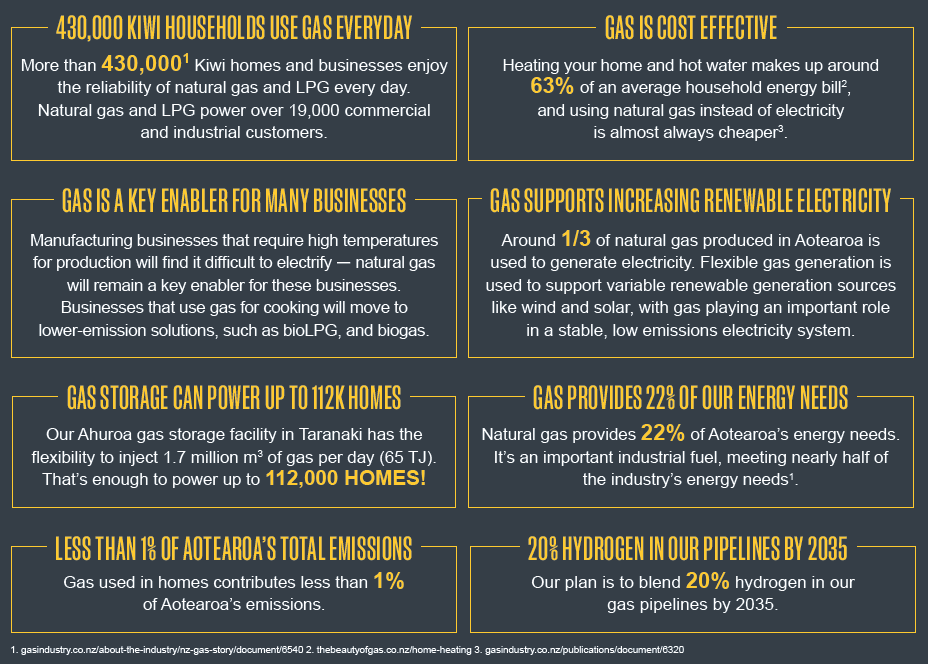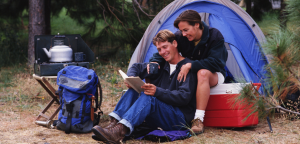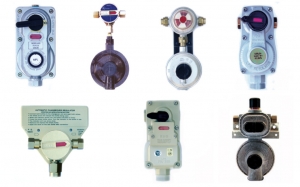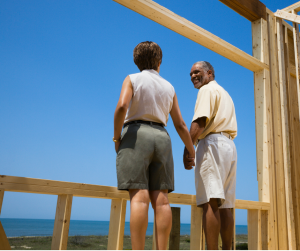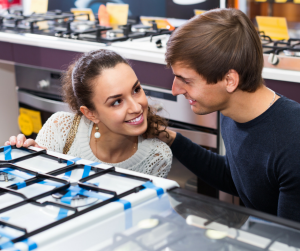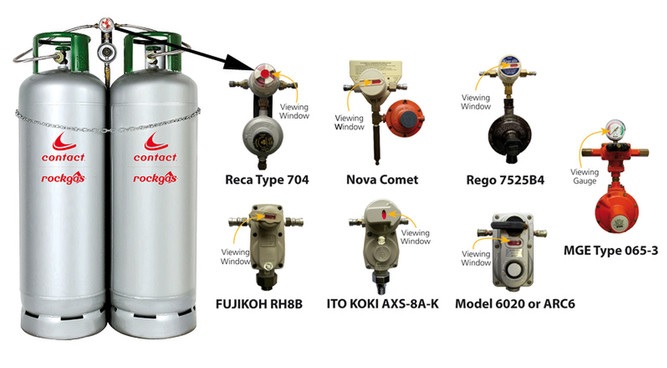As you may have seen, the Climate Change Commission has released a draft plan recommending how to cut New Zealand’s emissions by 2050. One recommendation is to phase out gas by 2050, with no new bottled LPG to be installed after 2025. The draft plan is now open for consultation until 28 March 2021.
Rockgas believes there are multiple ways to achieve these emission goals
We’re committed to helping New Zealand achieve its target of net zero emissions by 2050.
Globally, there are supplies of BioLPG already available. The next step is to develop this option in New Zealand either through producing locally or importing it.
It’s important to note:
- LPG will continue to be available and delivered to your door and this won’t change
- LPG is still a viable option in any new build and your Rockgas service will continue, while the gas industry works with government to transition to low carbon gas.
- LPG will continue to be an important energy source and that low carbon gas alternatives, including BioLPG, will be part of New Zealand’s low carbon future.
- In the future, customers will be able to connect to BioLPG and switch their appliances to this renewable fuel
- We’re confident this isn’t the end of the good old kiwi BBQ!
We’re here for you
Rockgas is owned by Firstgas Group (which encompasses Rockgas, Firstgas, Flexgas and Gas Services NZ).
Rockgas has been delivering LPG to Kiwis for over 80 years and we’re New Zealand’s largest LPG retailer, serving over 100,000 customers from a network of 34 outlets throughout the country.
Firstgas, our sister company, has been around since 1972 quietly maintaining a 7000 km network of pipeline assets, including the Maui pipeline, which are critical to delivering gas safely and reliably to around 400,000 industrial, business and residential customers, everyday.
Firstgas Group is actively working on gas alternatives and this work shows that gases such as hydrogen, biogas and BioLPG are viable options to meet customer needs in the future.
Next steps
We’ll keep you updated as we progress on this key piece of work as well as the final recommendations made by the Climate Change Commission.
LPG will continue to be an important energy source and low carbon gas alternatives will be part of New Zealand’s low carbon future.
If you need to get in touch please call us on 0800 762 542 Monday to Friday, 7.30am to 8pm or you can email us at LPGenquiries@rockgas.co.nz Alternatively you can visit us online at rockgas.co.nz/about-us where you can find some Q&As which may help answer some of your questions.
Have your say
If you would like to make a submission you can go to https://haveyoursay.climatecommission.govt.nz
Yours sincerely
Stuart Hylton
Acting General Manager
Rockgas Ltd
Click the image below to find all the ways we are working towards this goal.
